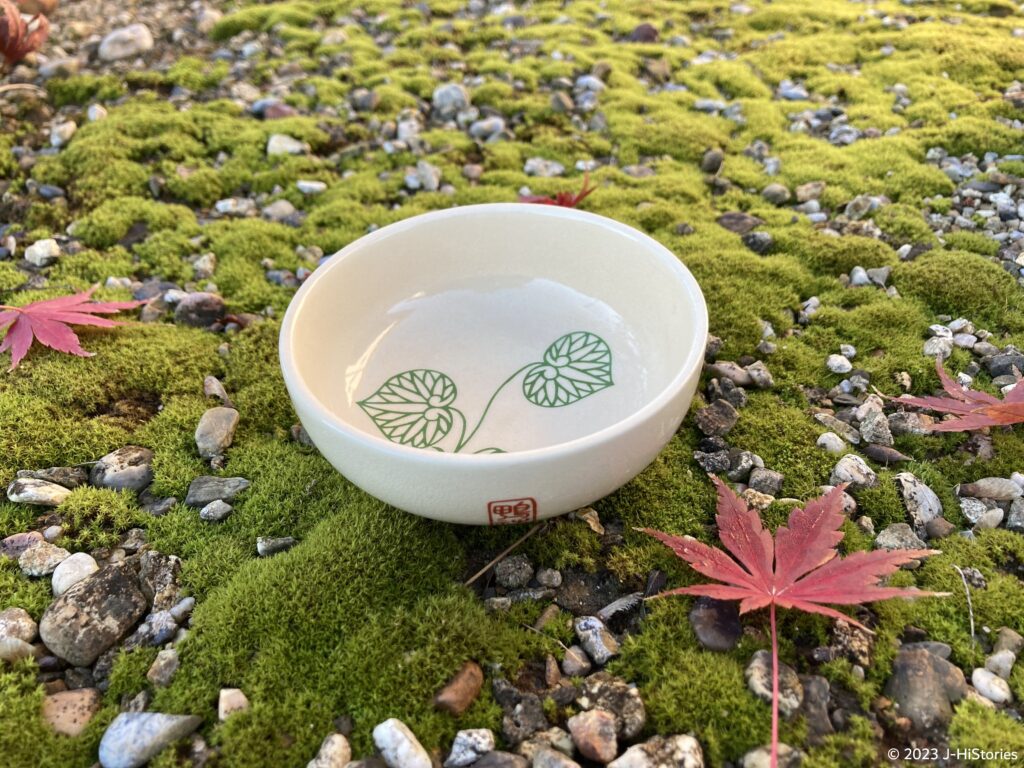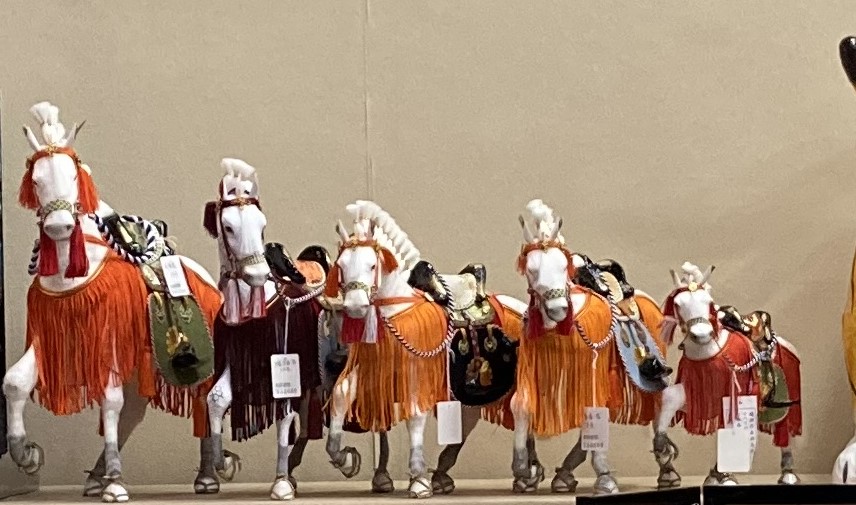Shimogamo Shrine "Kamo-no-Kubote" Pot

The hand-made Kubote, sized to fit in the palm of one's hand, showcases exquisite embellishments depicting the Futaba-Aoi, the shrine crest. Placing Japanese cuisine upon these vessels may evoke a sense of dining alongside the divine beings themselves. In the Tadasunomori forest, a 12-hectare area and its origins to the Jomon period, along with the precincts of Shimogamo Shrine, a World Heritage site, had revealed earthenware known as Kubote. These vessels were historically utilized to serve offerings to the deities during the Aoi Matsuri festival and other annual events from ancient times. The Kubote continues to feature in contemporary festivals.
Celebrate Tango-no-Sekku

Celebrate Tango-no-Sekku, a seasonal Festival on May 5th, for good health and happiness. In the 7th century, emperors enjoyed watching horseback archery, decorated pillars and crowns with irises, and decorated the interior with medicine balls filled with medicinal herbs.
